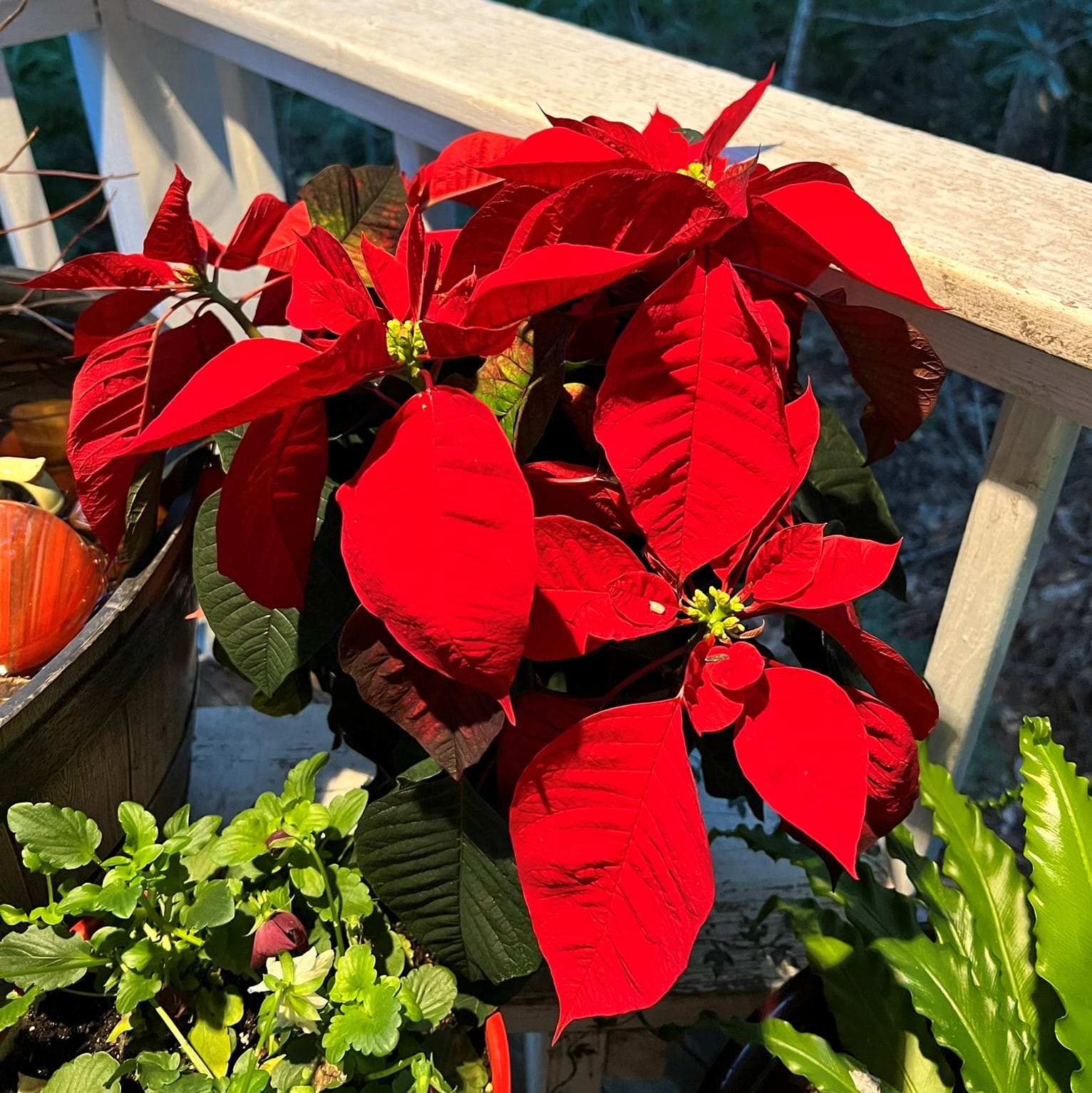We all grew up with certain plants making their appearance around Christmas or Hanukkah – the Christmas tree being the most important for Christian kids awaiting presents from Santa. But several others are also traditional holiday plants in Christian and Jewish cultures, with some interesting origin stories.

For Christians, five species are most often cited as traditional holiday plants.
- Poinsettias are native to Mexico and were cultivated by the Aztecs. After the introduction of Christianity, Franciscan priests used the poinsettia in their nativity processions. Joel Roberts Poinsett, a mid-19th-century ambassador to Mexico, brought them to the U.S.
- The Christmas tree dates to the 16th-century German tradition of bringing evergreen boughs and trees into their homes (symbols of god-like power and immortality) to ensure the return of life to the snow-covered forests. It is thought that early German immigrants brought the tradition to the U.S.
- Christmas or Holiday cactuses have become a popular plant during the fall and winter months when cooler temps stimulate flowering – in time for Thanksgiving or Christmas (separate species). These plants are epiphytes, native to the mountainous forests of southeastern Brazil.
- Mistletoe is widely associated with Christmas, with real or artificial branches hanging above doorways where a kiss is required. Mistletoe is a European tradition, dating back centuries, linked to good health, luck, and fertility. A kiss under mistletoe foretold marriage within the year. See my story about mistletoe and the real meaning of the name here.
- Holly was used by Romans to honor Saturn, the god of agriculture during festivals held near the winter solstice. Early Christians adopted the practice of decorating their homes with holly to avoid detection and persecution.
For Jews, white and blue flowers are the most popular during Hanukkah, including lilies, roses, orchids, and hydrangea among others. The lily is a traditional Hanukkah flower, symbolizing a new beginning. These flowers represent beauty, grace, and spirituality.
I did also find references to a few other holiday plants with traditions worth sharing. Wax Myrtle, for example, became a holiday favorite along the East Coast in the form of Bayberry Candles, used during special occasions, like Christmas. It takes a lot of berries to make these fragrant candles, so waste not, want not. The Mexican city of Oaxaca holds the La Noche de Rábanos, or the Night of Radishes, on the 23rd of December. These elaborately carved tubers honor the tradition of farmers sculpting these root crops.
You might also want to try a bit of Wassailing, a tradition in apple-growing regions of England. The ritual was focused on visiting apple orchards in the dead of winter (around Christmas) where cider or liquor was sprinkled on the roots of selected trees to ensure a good crop for the coming year. Caroling included reciting short incantations. One example was “Stand fast at root, Bear well at top, Every twig bear apple big, Every bow bear apple now.” The tradition evolved to groups of revelers visiting from door to door, caroling as they went.
So now you have the backstory of some of our more common holiday plant traditions. I may get the grands to carve up a few radishes this year and wassail around the kitchen singing “Here we go a wassailing, …” Grandma will love it!
Joyeux Noel Mes Amis!